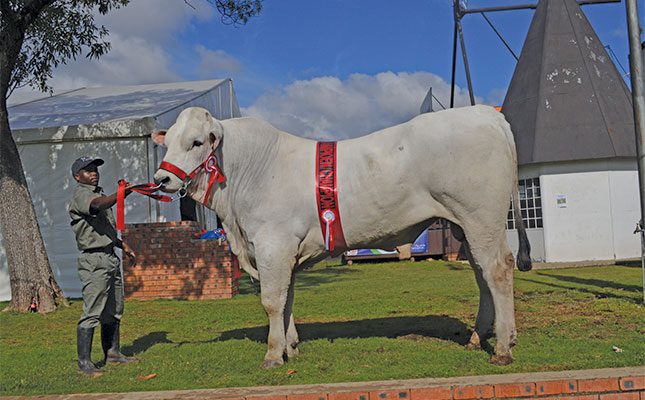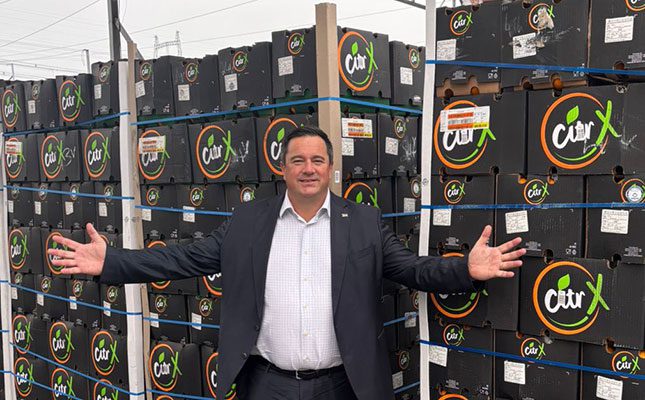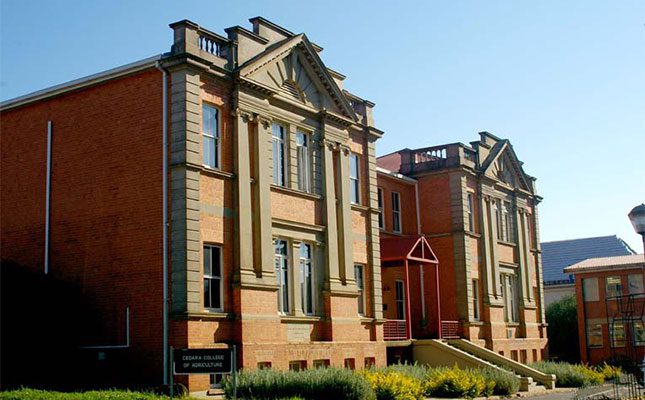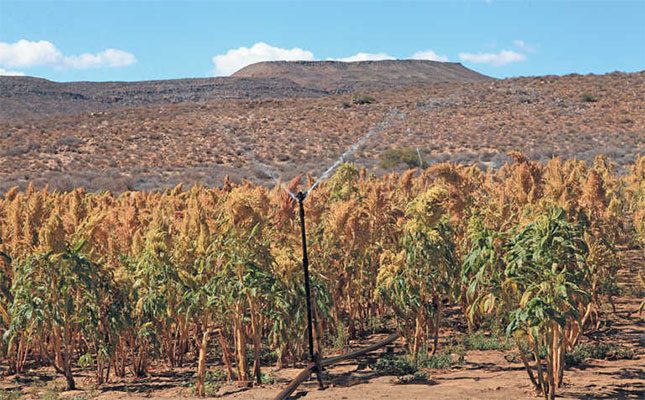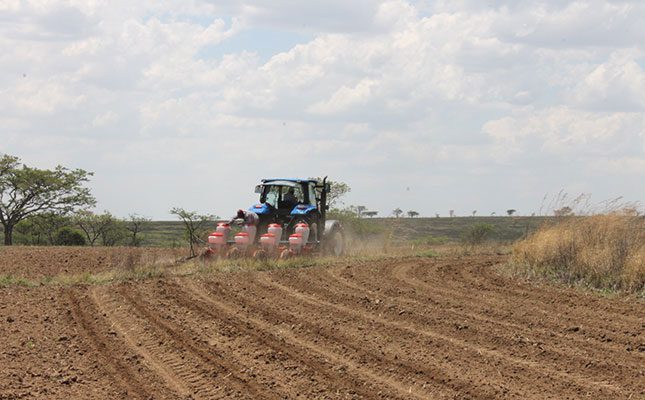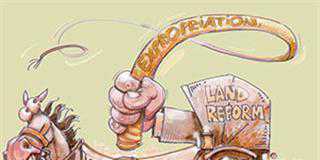
Photo: FW Archive
As the world’s attention turns to more sustainable food production and ecological restoration, regenerative agriculture has emerged as a promising approach.
More and more, however, livestock have been scapegoated as being primary contributors to greenhouse gas emissions, and have even been blamed for ecological destruction.
This kind of misinformation has, in many sections of society, turned public opinion against livestock, but research has shown that livestock are, in fact, a crucial aspect of regenerative and sustainable agriculture.
The Alltech documentary, World Without Cows, for example, showed that the cause of soil depletion and mass erosion in the US’s Dust Bowl was due to the monocultures created by removing livestock from farming systems.
What is regenerative agriculture?
Regenerative agriculture is a holistic approach to farming that aims to improve and restore ecosystem health, focusing primarily on rebuilding soil organic matter and biodiversity.
The key principles of this type of farming include:
- Minimising soil disturbance;
- Keeping the soil covered by using mulch, cover crops or other methods;
- Maintaining a living root in the soil for as long as possible; and
- Maximising crop and plant diversity.
Soil health is particularly important for regenerative agriculture, as healthy soil promotes good growth, and requires the use of fewer chemicals on the growing crop.
‘Ecosystem engineers’
Historically, large herds of wild ruminants grazed vast grasslands, and their movement and digestive processes were central to maintaining healthy, fertile soils. As fences went up, this natural interaction between the land and livestock began to fall away. Regenerative grazing practices, however, aim to mimic this natural interaction.
According to the Noble Research Institute, the largest non-profit organisation in the US dedicated to farm management education to build soil health and increase profitability, one way to look at livestock production from a regenerative viewpoint is to consider cattle as inputs.
“Farmers should not just consider themselves ‘cattle producers’, but rather ‘grass [producers] with cattle’,” according to the institute.
Livestock manure and urine are natural, readily available sources of essential nutrients for plants.
When animals are grazed strategically, these nutrients are directly deposited onto the soil, feeding the soil food web and reducing the need for chemical fertilisers. This closed-loop system is far more efficient than industrial models that separate crop and animal production.
Livestock’s ‘trampling’ effect can also improve soil aggregation, porosity, and water infiltration, leading to better soil structure and reduced erosion. Through grazing, livestock also ‘prune’ grasses and other forage. This stimulates new growth in the plants and encourages deeper root development, which in turn pumps more liquid carbon into the soil, feeding beneficial soil micro-organisms and increasing soil organic matter.
Gabe Brown, a renowned regenerative farmer in the US featured in World Without Cows, said: “When cattle graze, plants get the message to draw more carbon from the atmosphere to pump into their roots to grow back. If the grass is not grazed, no additional carbon is extracted from the atmosphere.”
Biodiversity
Beyond soil health, integrating livestock into a farming operation also helps improve plant diversity.
Rotational grazing, for example, where animals are moved frequently between camps, allows plants adequate rest and recovery periods. This promotes the growth of a wider variety of plant species, including indigenous grasses, which can enhance land productivity and biodiversity.
Conclusion
Livestock are not merely producers of food, but are active participants in the health of agricultural ecosystems. When carefully managed within regenerative practices, they become essential partners in restoring degraded lands, building soil fertility, fostering biodiversity, and ultimately, creating a more sustainable and resilient food system for the future.
For more information contact the RPO on 012 349 1102/3, or email [email protected].



